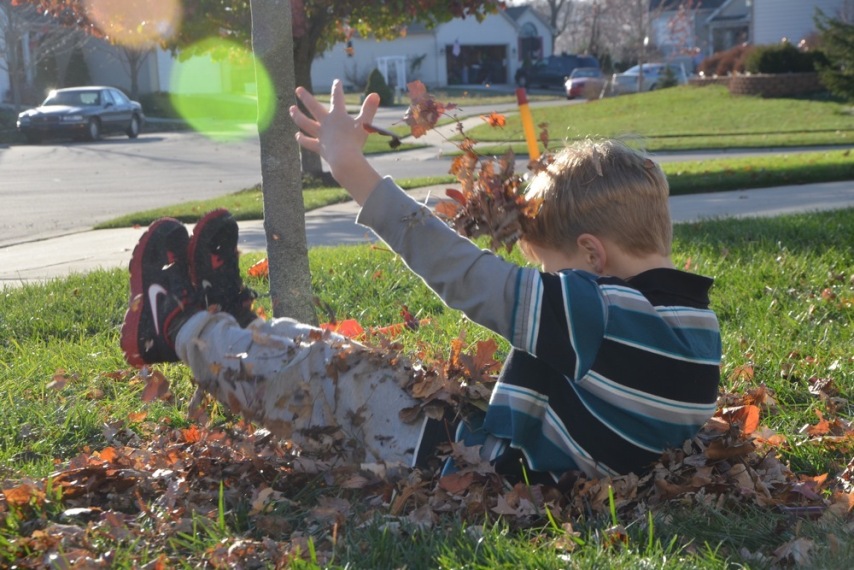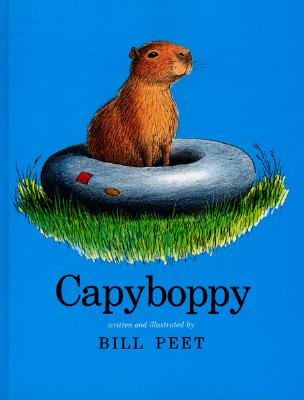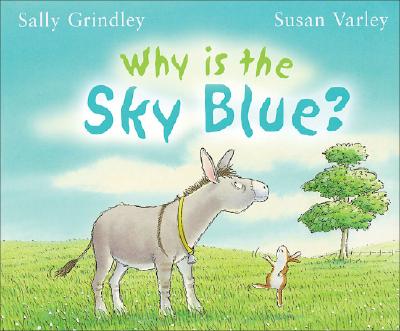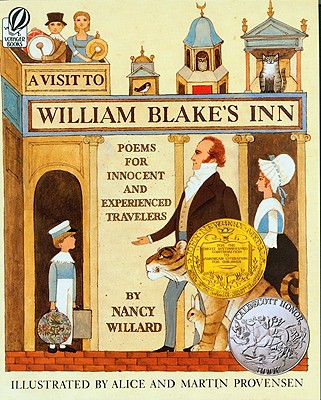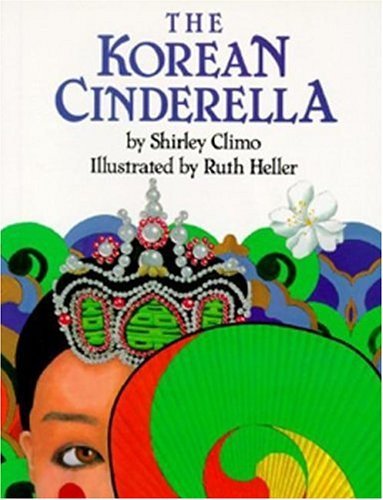Capyboppy, by Bill Peet (our review)
Jon loves Capybaras. Calvin knows this very well thanks to all of our zoo visits, so he decided to get Jon a copy of Capyboppy, by Bill Peet, for Christmas (this being, of course, a lot like Homer Simpson buying a bowling ball as a present for Marge). We actually ordered the book before reading it, but knowing that it was by Bill Peet I was pretty sure it would be a hit. Turns out I was right. I love Peet's very easy and real voice in his stories, and his illustrations are always delightful. And the best thing about Capyboppy is that it is actually a true story from Peet's parenting days. Here's what Calvin says:
"It's about a woman and a man and a boy and they get a capybara. And they chase the little guy until they get him because it's bedtime for him. He runs away out of the fence because someone left the gate open. He squeals because he wants to be let in. And a boy comes over and the capy bites him and his shirt is dripped with blood but the doctor gives him stitches and the boy comes back to give him (the Capy) water and food. It ends in a happy way because they take him to the zoo and he's happy there. He sits in the food box and eats cabbage and carrots."
"I like the writing and I like it because it's a long book."
His favorite part is "when they leave the gate wide open because they find him again on the porch."
The only thing I have to add about this one is that it truly is a long book with less "excitement" in it than most. It is almost more a memoir than a story following a very direct arching path throughout. Calvin loves long books and has a great attention span for them, but I know that not all four year olds do. That being said, it is one of our favorites.
 Book reviews,
Book reviews,  Reviews by Calvin | tagged
Reviews by Calvin | tagged  children's fiction
children's fiction 




